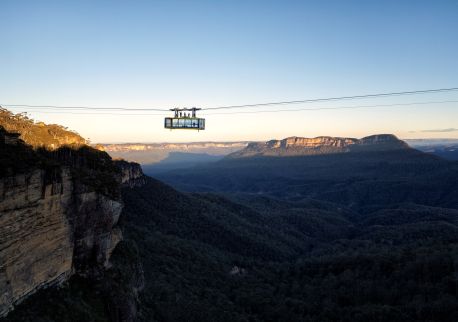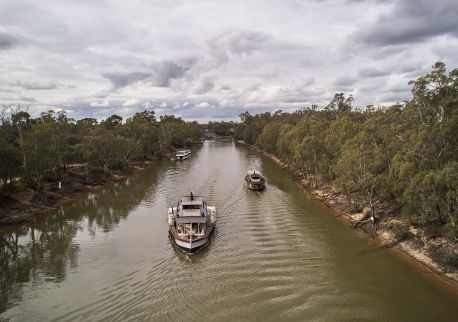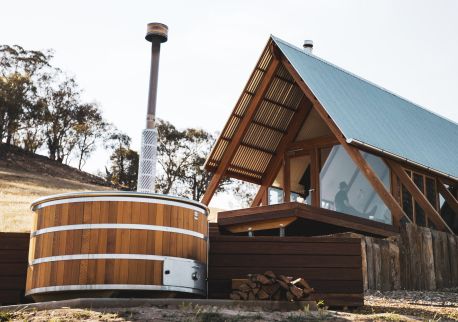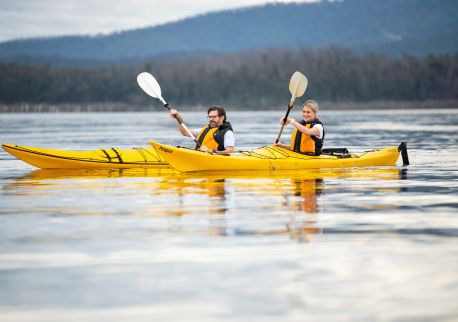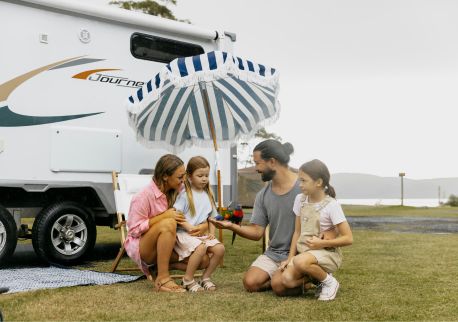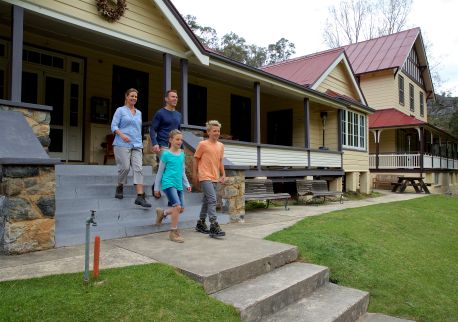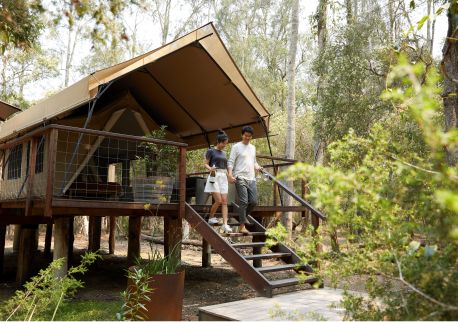Coffs Harbour Golf Driving Range and Mini Golf
Highlights
Overview
Whether you're a seasoned golfer or just looking for some holiday fun, Coffs Harbour Driving Range and Mini Golf has you covered! Tee off on their massive 320-metre range with real golf balls, hit from the grass or take shelter under the undercover mats. Challenge your friends on the stunning new 18-hole Mini Golf Putt-Putt course, or test your short game on the six-hole chipping and putting area — complete with a bunker!
Want to take it up a notch? Try the TopTracer system for a high-tech twist on driving range fun — track your shots, play virtual courses, or take on friends in exciting skill games. It's golf, but with a whole new level of entertainment!

